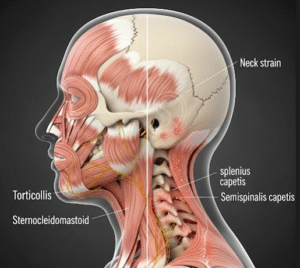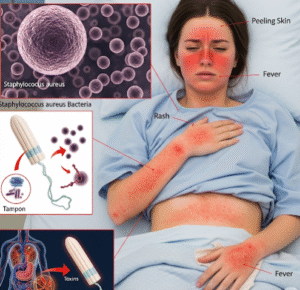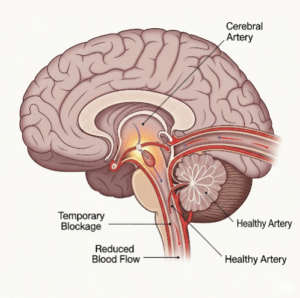Overview
Aplastic anemia is a rare but serious condition where the bone marrow fails to produce enough blood cells — including red blood cells, white blood cells, and platelets. This can lead to fatigue, infections, and excessive bleeding. Aplastic anemia can develop suddenly or slowly and can be life-threatening if not properly treated.
What is Aplastic Anemia?
Aplastic anemia occurs when the bone marrow — the soft tissue inside bones responsible for producing blood cells — becomes damaged and stops making enough new blood cells. The condition can be acquired (developing after birth due to external factors) or inherited (genetic). It is different from other forms of anemia, which typically involve only red blood cells.
Symptoms
- Fatigue and weakness
- Shortness of breath, especially during physical activity
- Frequent or prolonged infections
- Unexplained or easy bruising
- Nosebleeds or bleeding gums
- Pale skin
- Dizziness or lightheadedness
- Irregular heart rate
Causes
- Autoimmune disorders: The body’s immune system attacks the bone marrow
- Radiation and chemotherapy: Common cancer treatments can damage bone marrow
- Toxic chemical exposure: Benzene and certain industrial chemicals
- Viral infections: Hepatitis, Epstein-Barr virus, HIV
- Medications: Some antibiotics, anti-rheumatic drugs, and anticonvulsants
- Genetic disorders: Fanconi anemia and others (inherited types)
- Idiopathic: In many cases, the exact cause is unknown
Risk Factors
- Exposure to radiation or toxic chemicals
- Use of certain medications that suppress bone marrow
- History of autoimmune diseases
- Family history of hereditary bone marrow failure syndromes
- Having a viral illness known to affect bone marrow function
Complications
- Severe infections due to low white blood cell count
- Uncontrolled bleeding from low platelet levels
- Heart problems such as arrhythmia or heart failure (from severe anemia)
- Leukemia or other bone marrow disorders in long-term cases
- Increased risk of death if left untreated
Prevention
While many cases of aplastic anemia cannot be prevented, the following steps may reduce risk:
- Avoid exposure to toxic chemicals like pesticides and industrial solvents
- Use radiation and chemotherapy only under medical supervision
- Prevent viral infections through vaccination and hygiene
- Regular checkups if there is a family history of blood disorders
Treatment Options in Korea
South Korea offers world-class hematological treatment with modern diagnostic labs and specialized transplant centers.
1. Diagnosis
- Complete Blood Count (CBC): To detect low levels of all types of blood cells
- Bone Marrow Biopsy: To assess marrow cell count and structure
- Blood chemistry tests and viral screenings
- Genetic testing if hereditary conditions are suspected
2. Medical Treatment
- Immunosuppressive therapy (IST): Using drugs like ATG (antithymocyte globulin) and cyclosporine to reduce immune attack on bone marrow
- Steroids and growth factors like G-CSF to stimulate bone marrow
- Antibiotics and antivirals to treat or prevent infections
- Blood transfusions for red cells and platelets as supportive care
3. Stem Cell Transplant (Bone Marrow Transplant)
- Allogeneic transplant (from a matched donor) is the most effective treatment for severe cases, especially in younger patients
- South Korea has several leading centers with international-level outcomes in bone marrow transplantation













